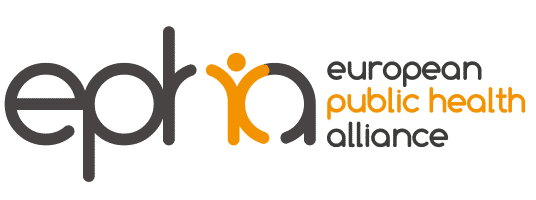Guest Article: Elisa Baldini, Secretary General, International Federation of Anthroposophic Medical Associations (IVAA)
Following the publication of Europe’s Beating Cancer Plan, Integrative Oncology should be made fully part of its implementation. Integrative Oncology utilizes practices from different medical traditions alongside conventional cancer treatments, aiming to optimize health, quality of life, and clinical outcomes, in all stages of the disease. Prevention is also at the core of this approach. Integrating these traditions into mainstream care ensures safety, provides a coherent treatment approach, and responds to frequent requests of patients.
What is Integrative Oncology?
Integrative Oncology is a holistic and patient-centered approach to cancer care. It uses both conventional treatments, such as chemotherapy, immunotherapy, radiation therapy, and surgery, in conjunction with treatments from complementary medicine, such as Anthroposophic Medicine, Homeopathy, Ayurvedic Medicine, Traditional Chinese Medicine. It is designed to ease the patient’s suffering, address the important emotional and psychological impact of cancer, as well as alleviate symptoms of the diseases and ease side effects of conventional treatments. Multiple studies have demonstrated the benefit and potential of integrative cancer care in reducing patient suffering and improving long-term prospects: for example, the Society for Integrative Oncology has issued evidence guidelines on integrative therapies for specific indications during and after breast cancer treatments. Mind-body interventions such as meditation or yoga, nutrition, acupuncture, holistic nursing applications such as compresses, art therapy, and eurythmy therapy (a movement therapy) are also part of this approach, in a multi-disciplinary and coordinated way.
The Competence Network for Integrative Medicine in Baden-Württemberg
The German state of Baden-Württemberg, a leading region in the field of Integrative Medicine, sponsors the Competence Network on Integrative Medicine (KIM), in which university and community hospitals, outpatient networks, and research institutes work together in the development, implementation, and evaluation of best practices for effective, safe and of high-quality integrative treatments. Integrative Oncology is a key focus of the competence network. KIM delivers best practice-recommendations for integrative treatment of severe cancer symptoms like pain, cancer fatigue, nausea, shortness of breath, and others, based on internal and external evidence and tools for implementation into clinical care, including practical guidance.
Focus on Mistletoe
Viscum album, or mistletoe, extracts are among the most widely-used Integrative Oncology treatments and comes from the Anthroposophic Medicine tradition. A great number of studies support the clinical efficacy and safety of this remedy to improve quality of life, reduce side effects of chemotherapy and radiotherapy, and relieve cancer fatigue. A 2013 randomized clinical trial found a survival benefit for patients with advanced pancreas cancer and a 2018 observational study documented increased survival in non-small cell lung cancer under Viscum album treatment; results that now await confirmation from other studies.
The way forward
The Competence Network for Integrative Medicine in Baden-Württemberg provides a blue-print on what could and should be done at the European level for better prevention, management, and treatment of cancer. It creates a precious collection of best practices on how to optimise support for cancer patients and should serve as a reference point to EU policymakers for the implementation of Europe’s Beating Cancer Plan. The potential contribution of Integrative Oncology the Cancer Plan was also highlighted at an online conference on March 17, hosted by the MEP Interest Group on Integrative Medicine and Health; on this occasion, medical experts and the Interest Group members presented the added-value of Integrative Oncology and stressed its importance for cancer patients.
Disclaimer: the opinions – including possible policy recommendations – expressed in the article are those of the author and do not necessarily represent the views or opinions of EPHA. The mere appearance of the articles on the EPHA website does not mean an endorsement by EPHA.

